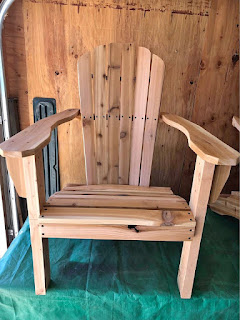DIY Butcher Block Table Legs: How to Build a Sturdy and Stylish Base

When building a butcher block table , the tabletop is often the main focus. However, the legs or base of the table are just as important for both functionality and style. In this guide, we'll show you how to build sturdy and stylish legs for your DIY butcher block table. Materials Needed 4x4 or 2x4 lumber for the legs 2x4 lumber for the crossbars Wood screws Wood glue Wood stain or paint (optional) Step-by-Step Guide Step 1: Measure and Cut the Lumber Start by measuring and cutting the lumber for the legs. The length of the legs will depend on the height of the table you want to build. A standard height for a dining table is around 30 inches, so you'll need to cut your legs to that length or slightly longer if you want to add adjustable feet. Cut four pieces of the same length for the legs. Step 2: Cut the Crossbars Cut two pieces of 2x4 lumber to the same length as the distance between the legs on each end of the table. These will be used as crossbars to...

















